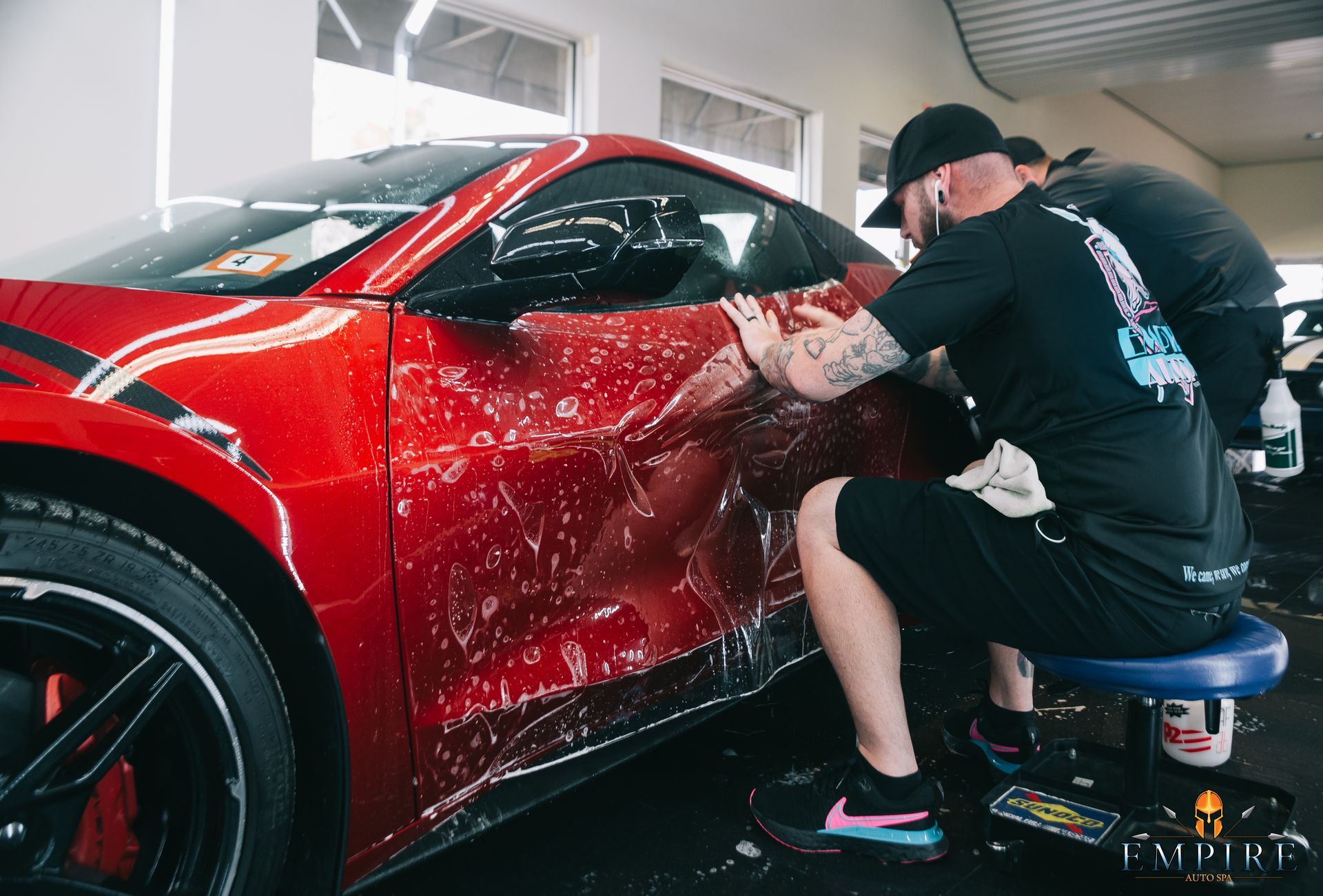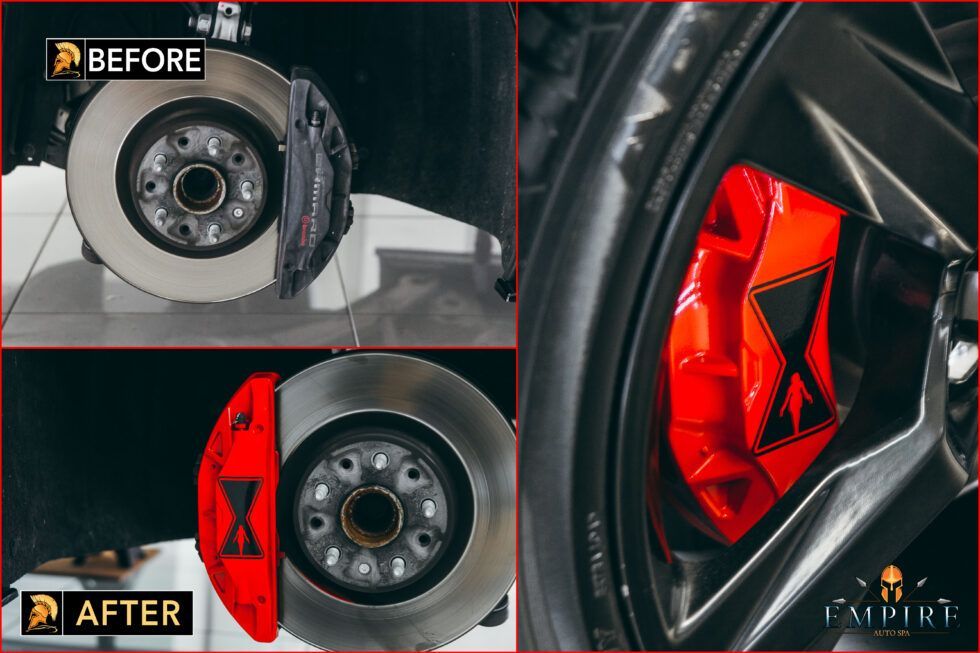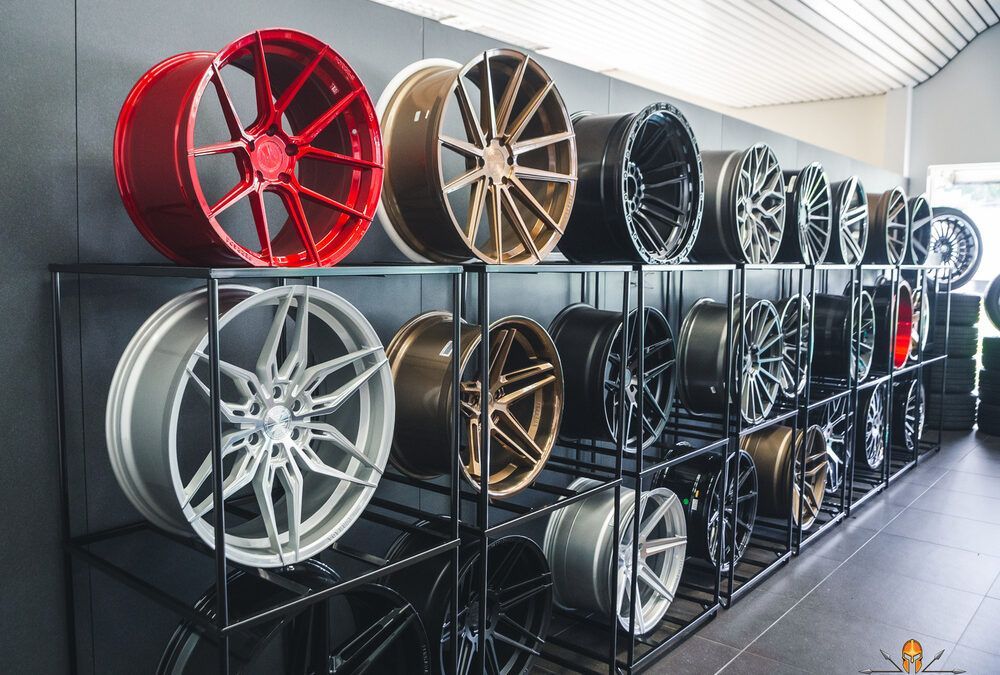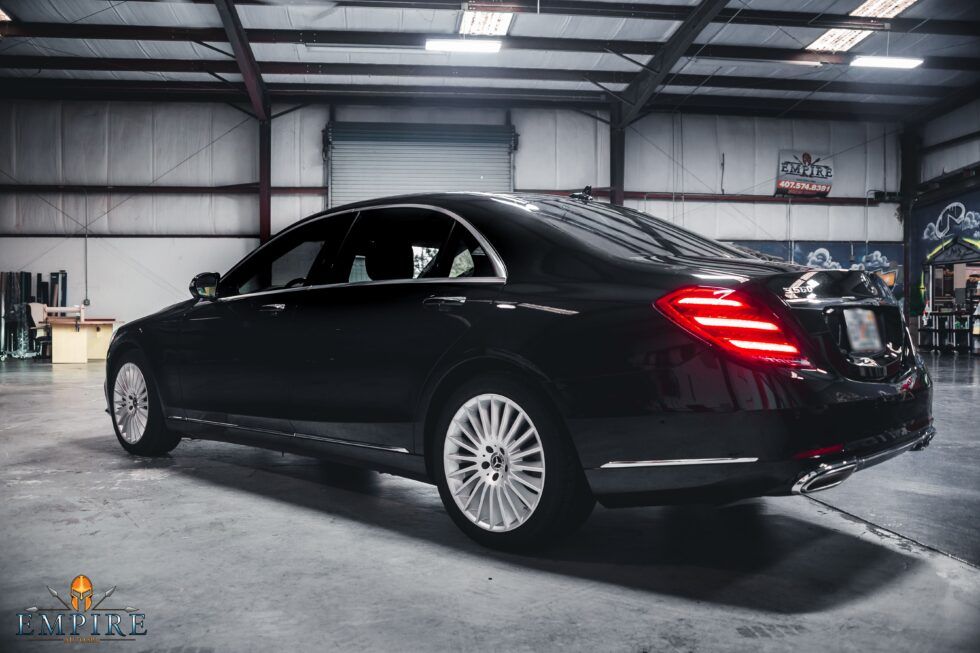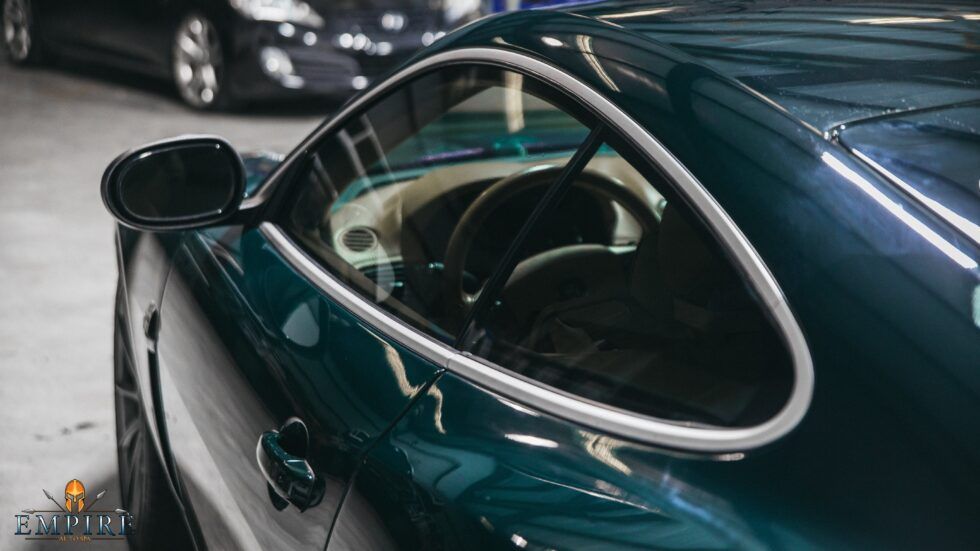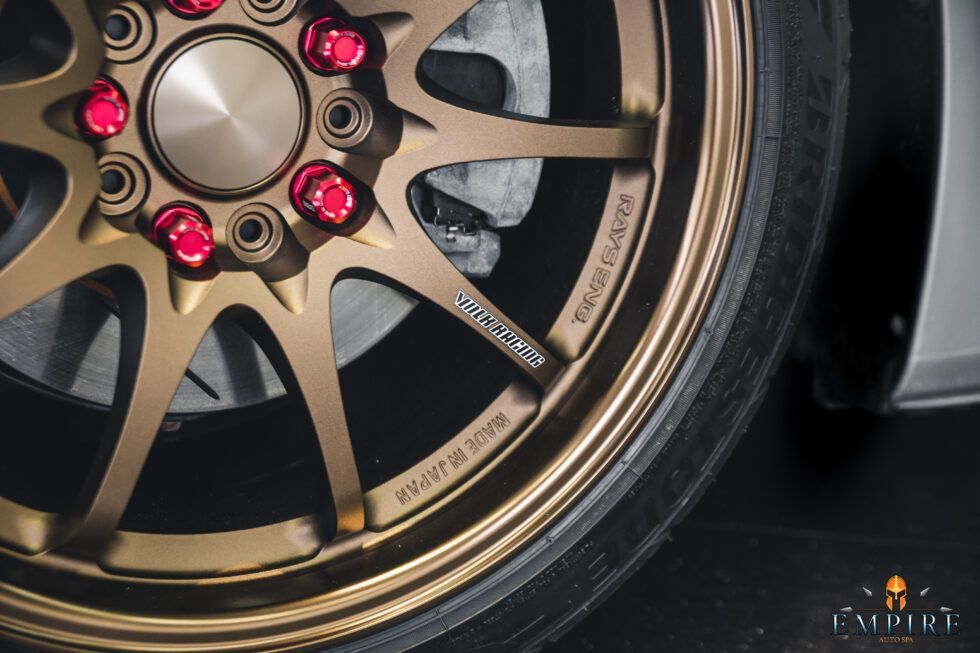What Are The Most Essential Auto Detailing Tools and Chemicals?
Here is a list of basic auto detailing tools and chemicals needed for your car
Auto detailing is the process of thoroughly cleaning one’s car to reverse any damages sustained by it. Professional scale auto detailing can give your car showroom shine and preserve its value in the long run. Professional auto detailing comprises interior and exterior auto detailing services. In the market, a wide variety of tools, equipment, and chemicals are available which are specifically designed to clean your car in the best possible way. Let us take a detailed look at them.
Basic Tools for Auto Detailing
These are the most basic tools, common to all auto detailing and car washing services:
Detailing Towels
- Towels are needed for multiple purposes such as cleaning, drying, and polishing. The ideal detailing towel should be super absorbent and soft so it won’t leave any marks on the car’s surface. Chamois and microfiber towels are the most popular detailing towels. They are water absorbent and come in multiple sizes to meet different needs.
Detailing Towel Detergent
- To make your detailing towels last longer, use a towel detergent that is specially made for washing detailing towels.
Wash Bucket With a Dirt Filter
- A sturdy, light, and portable wash bucket is an absolute must. Choose a wash bucket that comes with a dirt filter and has a tray attachment for keeping your tools. A dirty filter will ensure that all dirt, girt, and grains are filtered out from the towel or sponge that is being used for cleaning the car’s exterior.
Sprayer Bottles
- These bottles are needed for spraying detailing chemicals for the car’s exterior and interior surfaces.
Waxing the Paintwork
- The last step involves waxing the paintwork. Wax provides a protective layer to the paintwork and adds shine and gleam. A high-quality carnauba car wax is used for this purpose.
Interior Car Detailing Equipment
This equipment is needed for cleaning the interior surface of the car:
Vacuum Cleaner
- A multi-purpose vacuum cleaner is needed for cleaning, blowing, inflating, and drying the car’s inside. Carpets, mats, and seats require frequent vacuuming.
Detailing Steamer
- A steamer is needed for disinfecting and cleaning inside surfaces such as headliners, cup holders, and dashboards. Powerful steamers can even remove stuck-up chewing gum.
Ozone Generator
- An ozone generator is used for removing odors and stinks from the car’s interior. Lingering and stubborn odors such as that of smoke or mold can be treated with ozone.
Car Detailing Chemicals for Car’s Exterior Surface
These are the common and most effective chemicals for cleaning the car’s exterior surface.
Car Wash Soap
- Washing your car with ordinary detergent is not a good idea. The reason being, it will leave traces on your car’s surface and any granular particles can leave scratches on the car’s paintwork. Specially manufactured wash soap removes dirt and grime effectively and helps retain the car’s shine.
Paint Cleaners
- Whereas car wash soap does a good job at removing organic dust, a specially manufactured paint cleaner is needed to get rid of stubborn stains. Paint cleaners help remove stains from tar, bird beat, and plant sap. If your car has a matte or satin finish, then use a cleaner that caters to these surfaces.
Clay Bars
- These bars are used for getting rid of contaminants that are bonded strongly to the car’s exterior surface. The physical abrasion from the clay bar can get rid of tough stains and provide a smooth finish to the car’s exterior.
Degreasers
- This helps get rid of tough oil stains. Degreasers are used for cleaning engines and wheels.
Polishes and Glazes
- High-end polishes and glazes give a smooth finish to the car’s surface and add a glossy shine. They help retain and refurbish your car’s grace.
Waxes
- They are used for sealing the car’s surface and act as a protective layer. Waxes are available as liquids, sprays, and pastes.
This information has been brought to you by Empire Auto Spa. They provide auto detailing and paint correction services in Orlando, Florida.


